While movies depicting crowds trying to run indicate that most deaths are caused by being crushed, the fact is that most persons who die in a crowd surge are smothered. It happened at a Houston music festival, an English soccer stadium, a hajj pilgrimage in Saudi Arabia, a Chicago nightclub, and numerous more gatherings: large crowds stampede toward exits, onto playing fields, or press up against a stage with such power that individuals are actually squeezed to death.
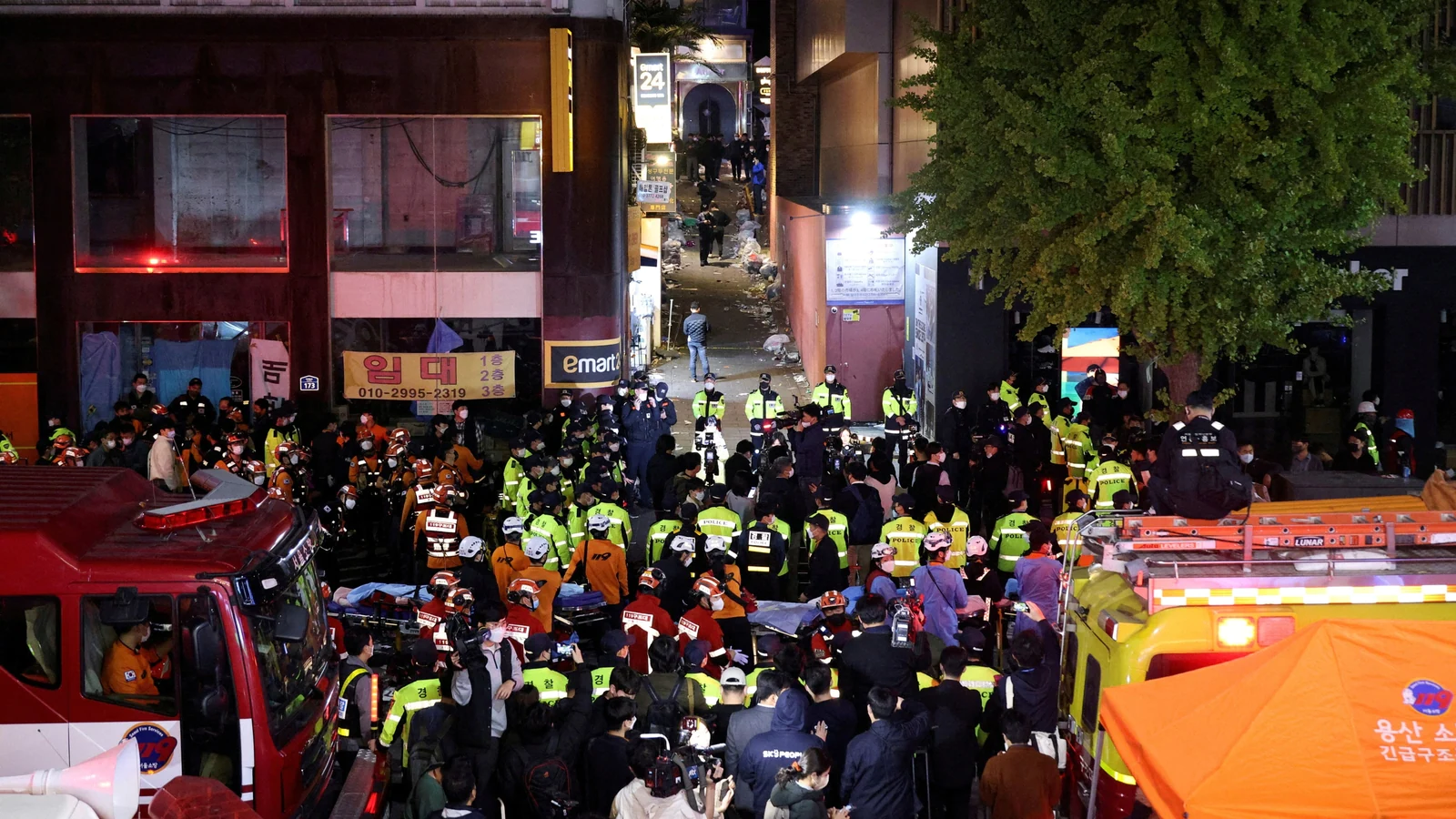
And it occurred again during Halloween celebrations in South Korea on Sunday, when hundreds of people were killed in a stampede in the capital city of Seoul. A multitude of largely young people gathered in Seoul for the Halloween party, but they were quickly trapped and crushed as the mob pushed into a tight alley, killing at least 151 people and wounding 82 more. According to the fire chief, the majority of those killed or injured were teenagers and persons in their twenties.
The likelihood of such terrible occurrences had resurfaced after being reduced when venues closed, and people stayed at home owing to the COVID-19 epidemic. To be sure, most large-crowd events go off without incident, with supporters arriving and departing without trouble. Those who went badly wrong, though, had several characteristics. But why was there a stampede in South Korea? What caused it? Or What triggered it? Let’s find out!
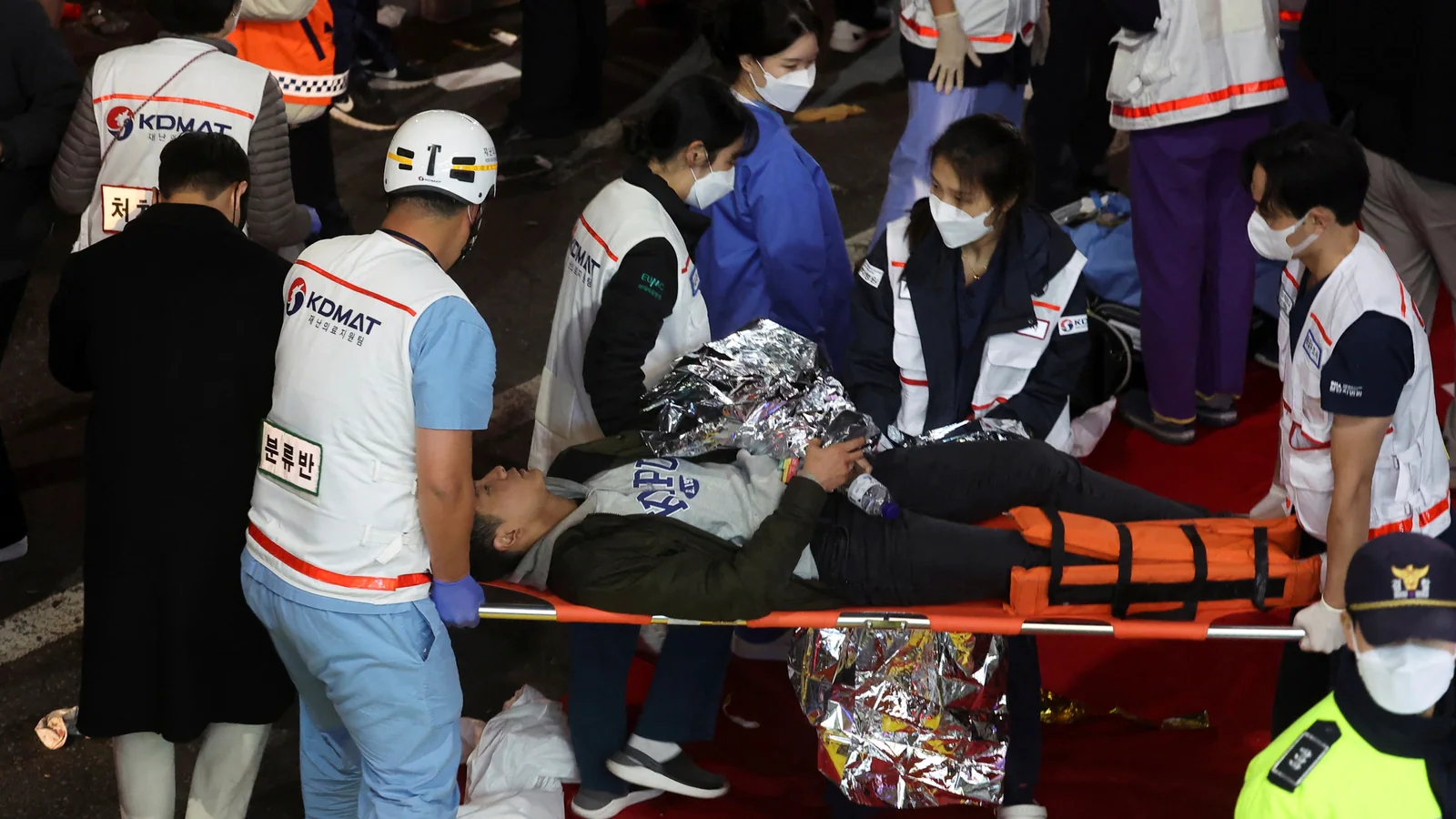
What Actually Happened?
In the nation’s worst tragedy in years, over 150 people were killed, including 26 foreigners, during Halloween celebrations in Seoul on Monday. Tens of thousands of other people and the President of South Korea Yoon, Suk-Yeol, paid their respects at designated memorial sites as South Korean police looked into what caused the crowd surge.
Witnesses and survivors described “hell-like” commotion with people tumbling on one other like dominoes in a steep, small lane in Seoul’s Itaewon area, a renowned nightlife district, on Saturday. They said that partygoers dressed in Halloween costumes and slow-moving automobiles blocked the whole Itaewon district, making it difficult for emergency workers and ambulances to get to the congested lanes in time.
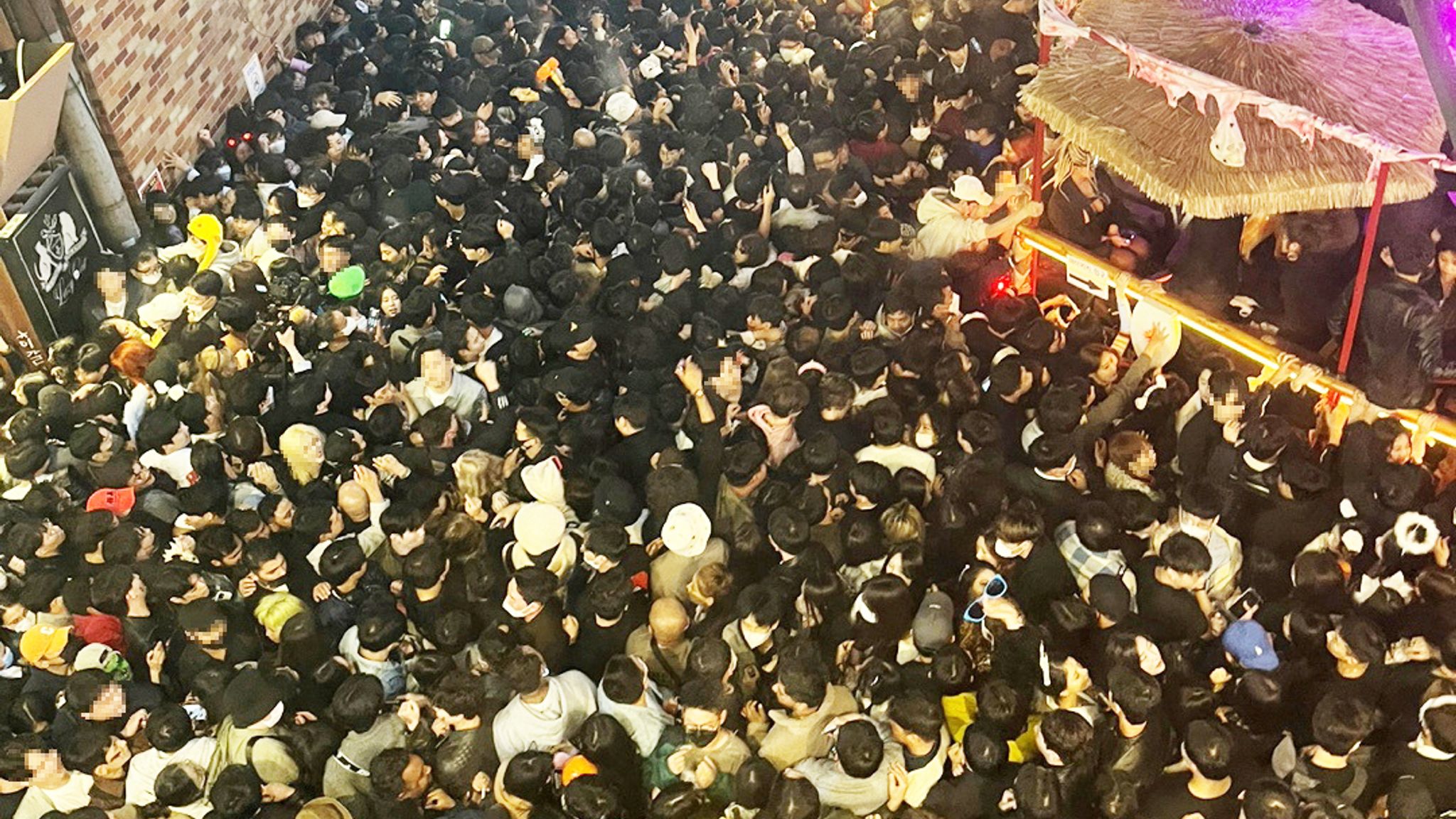
A 475-member task group has been assembled, according to the police, to look into the disaster. The majority of the casualties were women, and several of them had missing shoes, which experts believe is indicative of the power of the crowd rush that caused the collision and robbed victims of their shoes.
A sizable collection of goods left behind after the disaster was discovered in Itaewon includes about 250 pairs of shoes at the gym. Hundreds of articles of clothing, including jackets and costumes from movies, as well as purses, cellphones, Bluetooth earpieces, and a few passports, at least one of which belongs to a citizen of the United States, are also present.
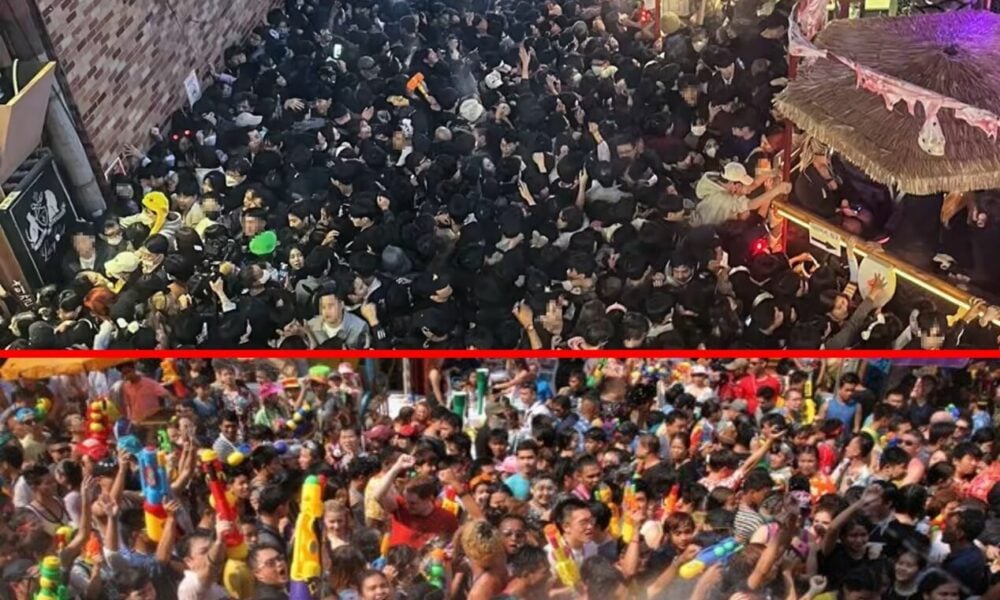
The number of objects that have been returned to their owners is not immediately known, but Yongsan police authorities will keep the gym open 24 hours a day until Sunday.
Why Was There A Stampede In South Korea?
It is unclear what caused the gathering to swell, while some local media sources said that many people flocked to the location after learning that an unnamed celebrity had visited. People, according to witnesses, had flocked into the small, downhill lane in Itaewon near the Hamilton Hotel.
“As individuals in the front toppled down, those in the back were crushed,” a witness in his 20s told the news agency Yonhap. Hundreds of people were jammed into the tiny, sloping lane, where footage posted online showed them to be motionless and crushed while rescue personnel and police attempted to release them.
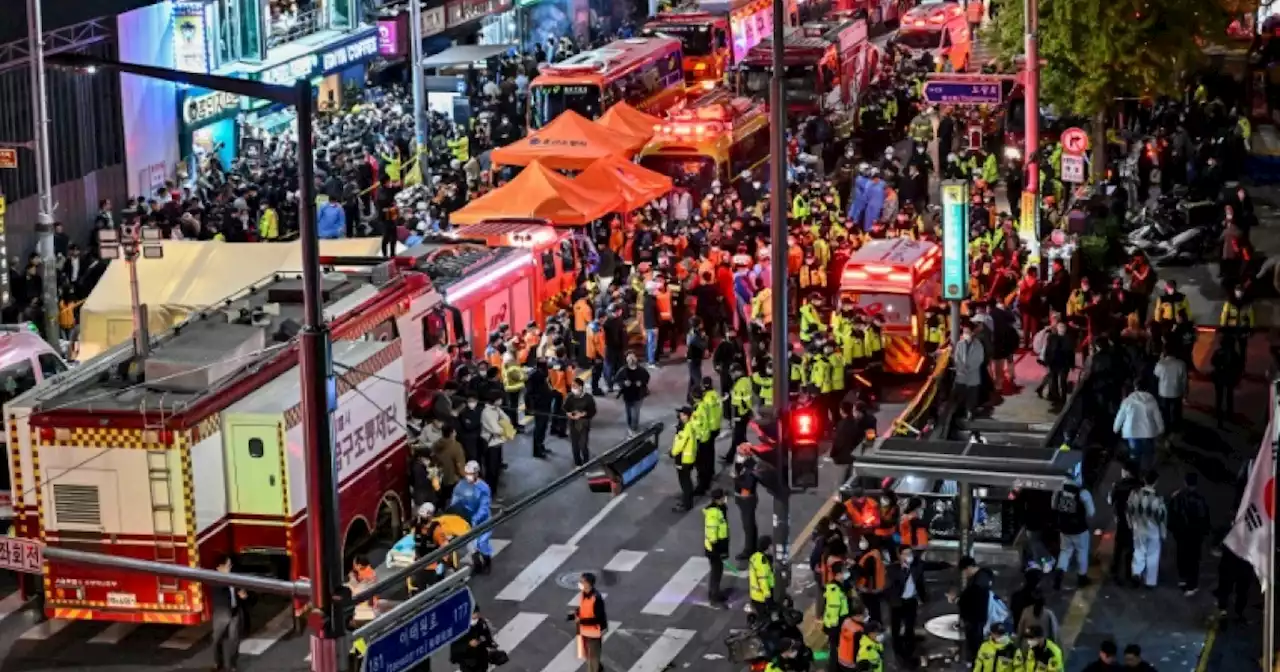
All of the fatalities, according to Mr. Choi, the fire chief for the Yongsan district, were probably caused by the congestion in one small lane. In other videos, frantic images of firefighters and bystanders tending to hundreds of victims who looked to be unconscious could be seen. The police will also look into whether the local nightlife establishments complied with safety rules.
What Triggers Such Events?
Security personnel used pepper spray to break up a brawl in a Chicago nightclub in 2003, which sparked a crowd rush. In the mass rush that followed, 21 individuals perished. A stadium that was only partially locked when tear gas was launched into it this month in Indonesia resulted in a crash at the exits, which resulted in 131 deaths.
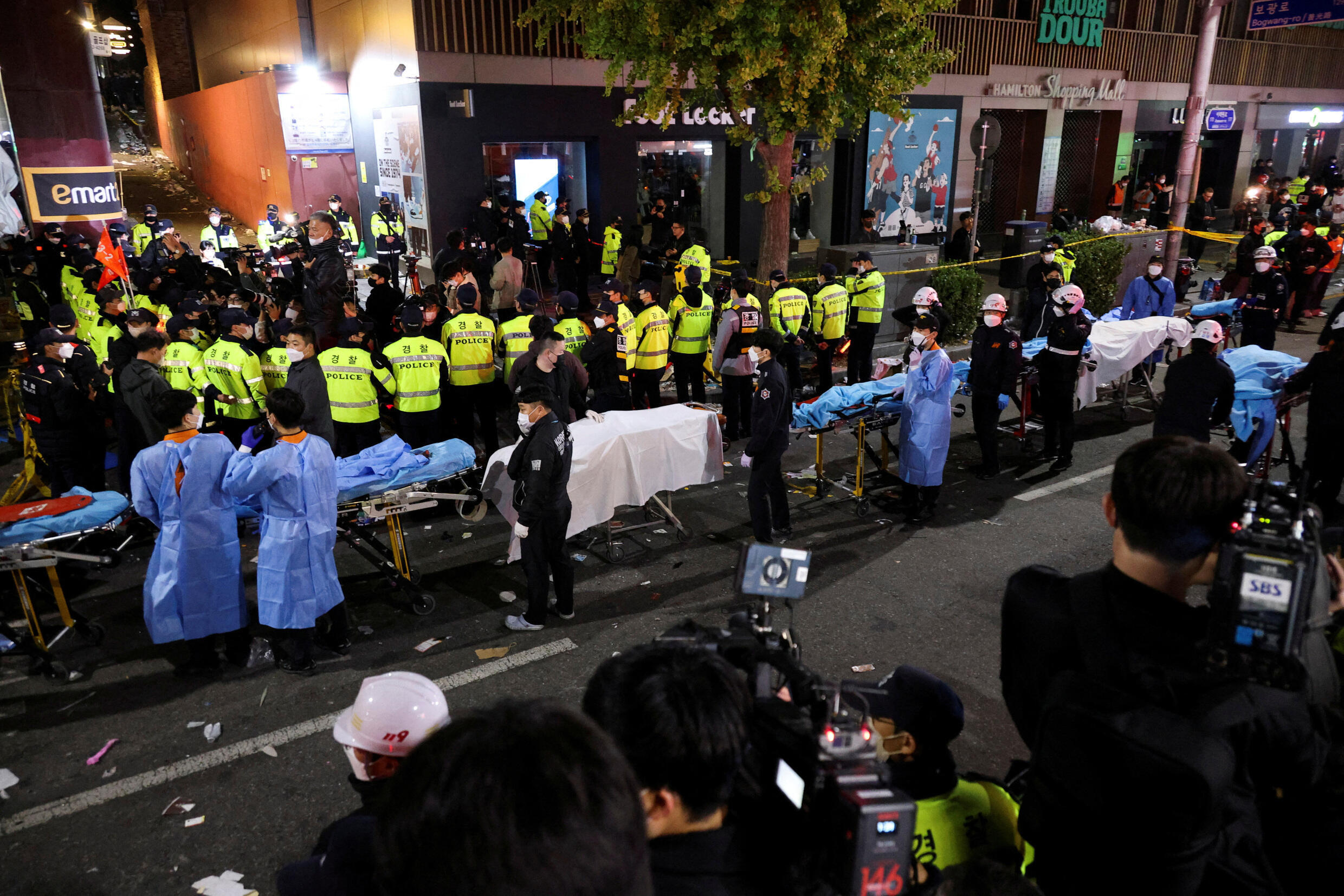
In Nepal in 1988, a sudden rain caused soccer spectators to flee toward the stadium exits, which resulted in 93 deaths. According to certain news reports, the latest incident in South Korea occurred after a large number of individuals went to a nightclub after learning that an unnamed celebrity was present.
Still, the British academic, who has testified as an expert witness in crowd-related court cases, cited a version of the age-old example of someone yelling “Fire” in a crowded movie theatre. He claimed to the Associated Press last year that more than any other nation, the United States is the only one where people race for protection when they hear someone remark, “He has a gun!”


